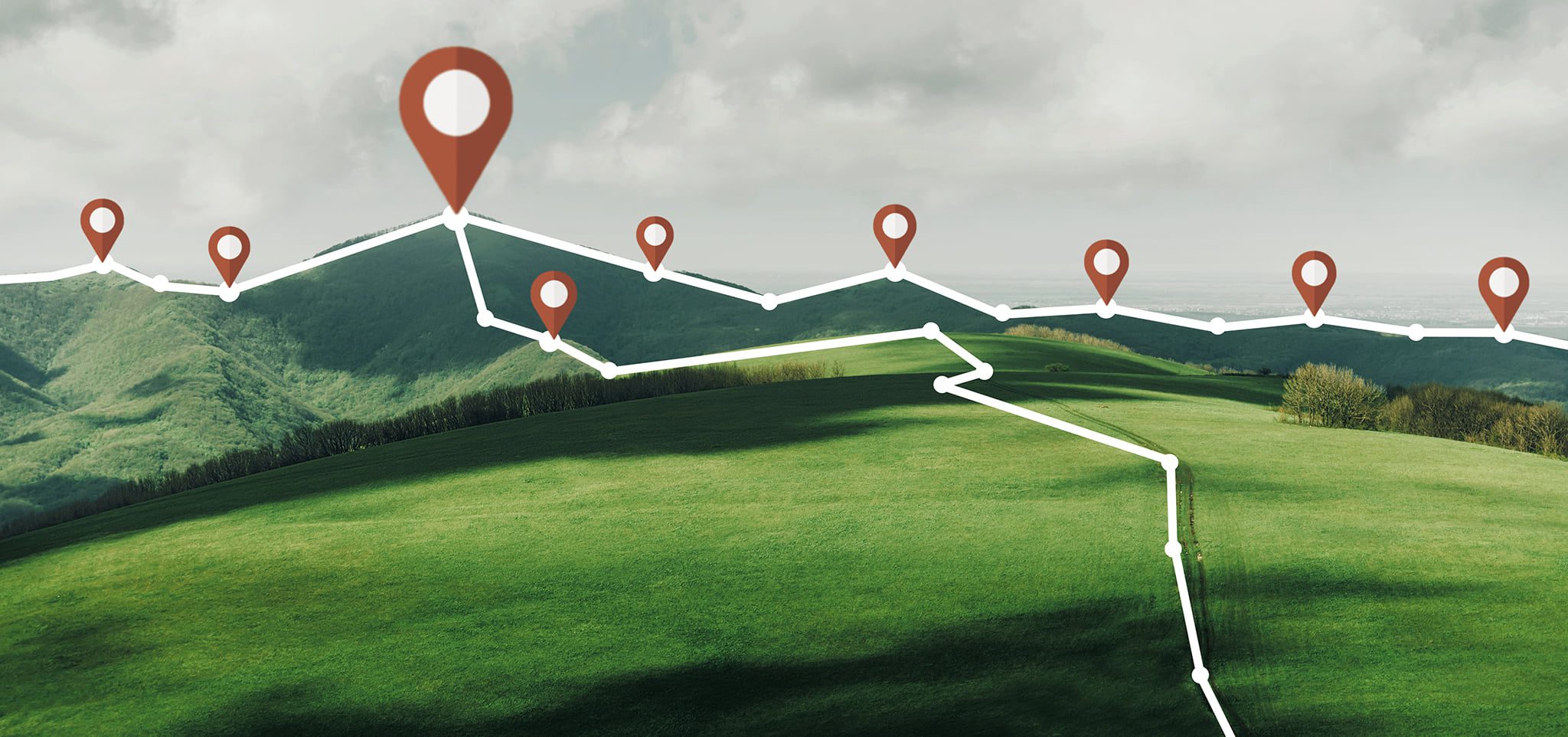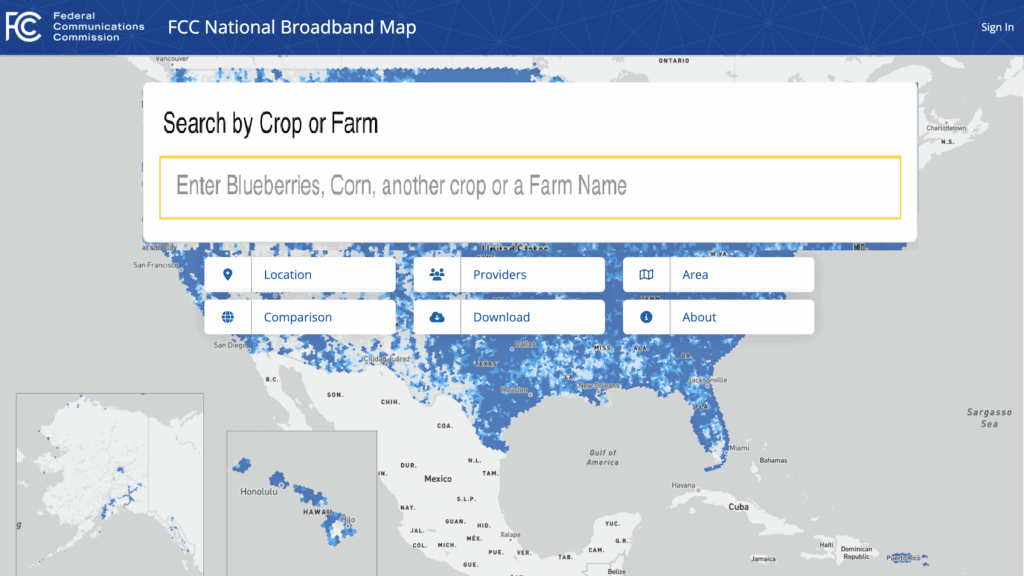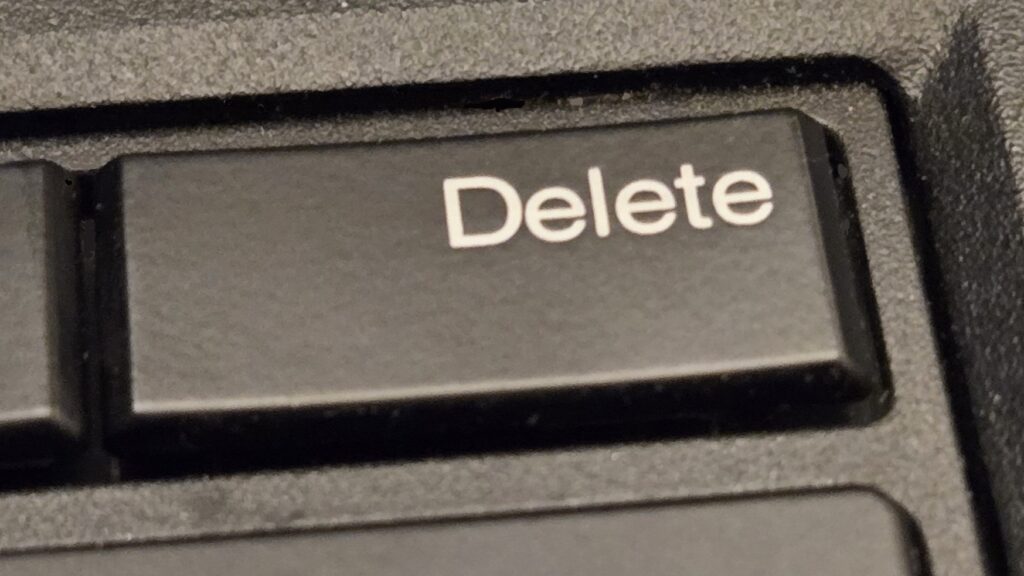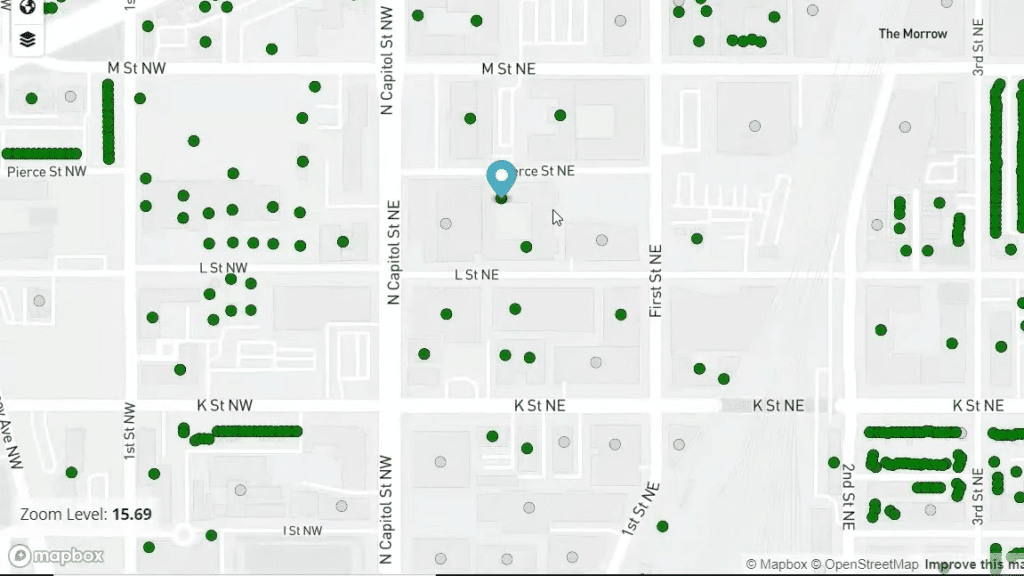Rural Associations Examine the Details of Mapping Data Challenges
Randy Sukow
|

It is anticipated that as the FCC requires advanced techniques like crowd sourcing and polygon calculations when reporting broadband coverage data, future mapping will more accurately tell policy makers where service exists and where it does not exist. But no mapping technology is perfect. The Commission is examining how to set up a challenge policy to investigate any inaccuracies that still could creep into the data.
National associations representing rural broadband providers filed comments giving their takes on how to organize a challenge process that is fair to both consumers and providers. Commenters were responding to further questions on the mapping issue following the FCC’s latest mapping Report and Order in July.
Rural organizations also are concerned that challengers lay out specific criteria to prove an area is unserved. “The challenge process should … be one that requires a challenger to make an initial showing with some level of greater detail and evidence that service claims throughout the geography at issue are overstated,” NTCA, the Rural Broadband Association said in its comments (PDF). After a challenger makes a solid case that a site is not covered, however, the burden of proof shifts to the service provider, NTCA said. The provider should be able to prove coverage within 60 days after the challenge.
“The challenged provider is inarguably the entity that possesses the most accurate information as to its service offerings and availability. That party is also the entity that can review its own internal mapping procedures … and capabilities of network facilities sufficient to provide service at the speed claimed consistent those standards, and prepare a response,” the association said.
USTelecom has been one of the leaders in developing and promoting new methods for providers to compile coverage data. It filed joint comments (PDF) with the Wireless Internet Service Providers Association (WISPA) predicting that the nature of individual consumer challenges will differ from challenges from larger organizations and that the response requirements should be different.
“As a guiding principle, the consumer challenge process must be receptive only to good-faith challenges predicated on appropriate rigor and diligence and designed in a manner that discourages incomplete and frivolous challenges,” they said. USTelecom and WISPA pointed to a provision in the Broadband DATA Act passed earlier this year which calls for “minimizing burdens” on challenged parties and “conserving valuable Commission resources.”
ACA Connects, which represents rural cable TV/broadband providers, (PDF) echoed the call for separate small- and large-challenge requirements. “As the Commission recognizes, such [large] challenges typically will take the form of bulk disputes of provider broadband data for multiple locations. ACA Connects therefore agrees with USTelecom that the Commission should subject non-consumer challenges to heightened scrutiny to ensure providers are not inundated with unsupported bulk challenges,” it said.
“NRECA supports a process that allows third-party entities to participate in a meaningful way,” the electric association said in its submission (PDF). “NRECA’s members have a deep knowledge of their service areas, providing them with a unique ability to contribute to the challenge process if there is reason to dispute availability data submitted by the local service provider(s).”
In many cases, NRECA said, there will be large rural geographic areas that will be the subject of dispute rather than a few individual locations. It will be difficult to gather data for the all the individual locations in those areas. “In these contexts, a challenger should be able to submit aggregated data or shapefiles,” it said.


